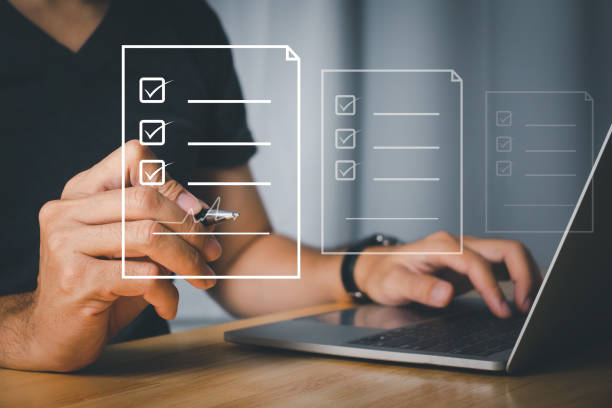What is On-Page SEO and Why is it Important?
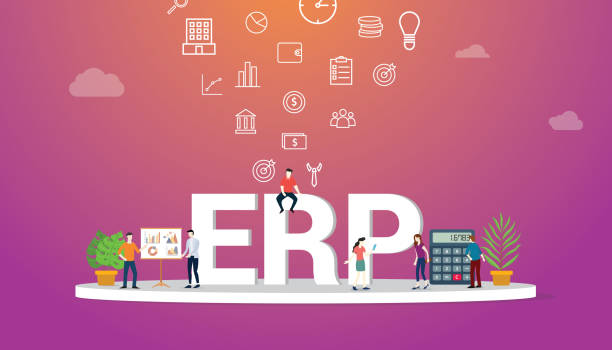
#On_Page_SEO refers to a set of actions you take within your website to improve its ranking in search engines.
These actions include optimizing content, website structure, title tags, meta descriptions, and other internal elements of the site.
On-page SEO is very important because it helps search engines better understand the content of your site and match it with relevant user queries.
Without a strong on-page SEO strategy, even the best content may not be seen in search results.
On-page SEO is the foundation of your website’s visibility, and the stronger this foundation, the higher the rankings you will achieve.
Internal linking is also very important.
Internal linking can help users and search engines find related pages on your site.
In other words, on-page SEO is the process of turning your website into a magnet for organic traffic.
By optimizing various factors within the site, you are essentially telling search engines that your website is the most relevant and highest quality resource for answering users’ questions.
Therefore, investing in on-page SEO is a necessity for any business looking to increase online visibility and attract more customers.
By doing on-page SEO correctly, you can be sure that your website is exposed to your target audience and attracts high-quality organic traffic.
This process helps you rank better in search results and attract more audiences.
By making the necessary #optimizations, you can show search engines that your website is valuable and relevant to users’ searches.
Is your online sales not as expected? With Rasaweb, solve the problem of low sales and poor user experience forever!
✅ Increase visitor-to-customer conversion rate
✅ Create an enjoyable user experience and increase customer trust
⚡ Get a free consultation now!
Keyword Research and Choosing the Best Ones

Keyword research is one of the most important steps in an on-page SEO strategy.
You need to find the words that your target audience uses to search for your products or services.
These words should be relevant to your business and have a good search volume.
You can use various tools such as Google Keyword Planner, Ahrefs, and Semrush for keyword research.
These tools help you find words that have less competition and high potential for attracting traffic.
Ahrefs is an SEO tool that offers many features for keyword research.
After finding the right keywords, you should use them strategically in your website’s content.
This includes using keywords in title tags, meta descriptions, headings, subheadings, and the main body of the content.
However, you should avoid overusing keywords (keyword stuffing), as this can lead to your website being penalized by search engines.
#Keyword optimization should be done in a natural and fluid manner to improve user experience and help search engines better understand your content.
Also, consider long-tail keywords, as these words can attract more targeted traffic to your website.
On-page SEO, using these keywords correctly, helps you get a better rank on Google.
Optimizing Titles and Meta Descriptions
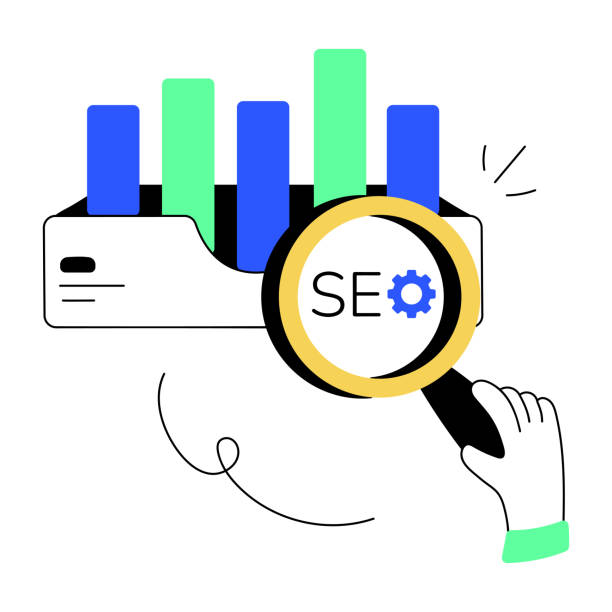
Title Tags and Meta Descriptions are the most important on-page SEO elements that have a significant impact on click-through rate (CTR) and your website’s ranking.
Titles should be attractive, concise, and contain the page’s main keyword.
Titles should be less than 60 characters long to be fully displayed in search results.
Meta descriptions should also be a summary of the page’s content and encourage users to click.
Meta descriptions should be between 150 and 160 characters long.
Moz is an excellent resource for learning more about optimizing titles.
When writing titles and meta descriptions, pay attention to these points:
- Use relevant keywords.
- Be attractive and persuasive.
- Provide a summary of the page’s content.
- Pay attention to the appropriate length.
By optimizing titles and meta descriptions, you can increase your website’s click-through rate and attract more traffic to your site.
This is one of the most important steps in on-page SEO that should not be overlooked.
In on-page SEO, optimal use of these elements has a significant impact on your site’s ranking.
Here is a table to help you better understand the optimization of titles and meta descriptions:
| Element | Description | Best Practices |
|---|---|---|
| Title Tag | The title of the page that is displayed in search results. | Contains keywords, attractive, less than 60 characters |
| Meta Description | A summary of the page content that is displayed in search results. | Concise, persuasive, between 150-160 characters |
Optimizing URL Structure
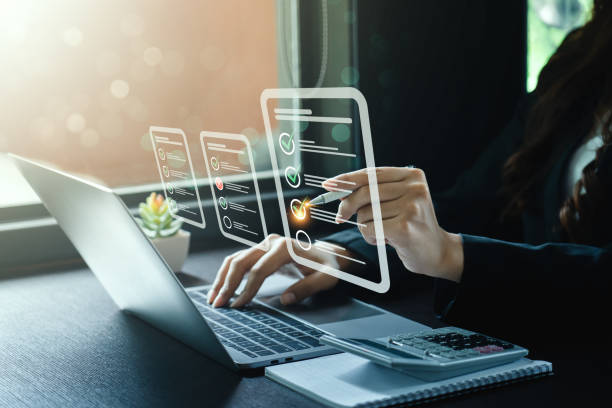
Your website’s URL structure should be simple, readable, and contain relevant keywords.
Long and complex URLs can be confusing for search engines and users.
It is best to use short and descriptive URLs that are easy to understand.
For example, instead of using a URL like example.com/page?id=123, use a URL like example.com/seo-dakheli.
URL structure has a significant impact on on-page SEO and helps search engines better understand the content of your pages.
Also, it is recommended to use hyphens (-) instead of underscores (_) in URLs, as search engines consider hyphens as word separators.
To optimize the URL structure, consider these points:
- Use short and descriptive URLs.
- Use relevant keywords.
- Use hyphens (-) instead of underscores (_).
- Use lowercase letters.
- Avoid creating duplicate URLs.
By following these tips, you can optimize your website’s URL structure and help search engines better understand your pages.
This can help improve your website’s ranking in search results.
In on-page SEO, URL optimization is a key factor.
Research shows that 80% of customers trust companies with professional websites more. Does your current website build that trust?
With Rasaweb’s corporate website design services, solve the problem of customer distrust and poor online image forever!
✅ Create a professional image and increase customer trust
✅ Attract more sales leads and grow your business
⚡ Get a free consultation
Optimizing Images
![]()
Image optimization is another important aspect of on-page SEO that is often overlooked.
Images can help improve user experience and attract more traffic to your website.
However, large and unoptimized images can slow down your website’s loading speed and negatively impact your search engine ranking.
To optimize images, you need to reduce the image file size, use appropriate formats such as JPEG or PNG, and write appropriate Alternative Text (Alt Text) for the images.
Alt Text helps search engines understand the content of the images and is displayed to users if the images do not load.
When writing Alt Text, try to be descriptive, concise, and contain relevant keywords.
For example, instead of writing Alt Text like “image1.jpg”, use Alt Text like “On-Page SEO Tutorial”.
In addition, you can also use the image file name to include keywords.
By optimizing images, you can increase your website’s loading speed, improve user experience, and help search engines better understand your website’s content.
On-page SEO with image optimization greatly helps your site ranking.
Improving Website Loading Speed
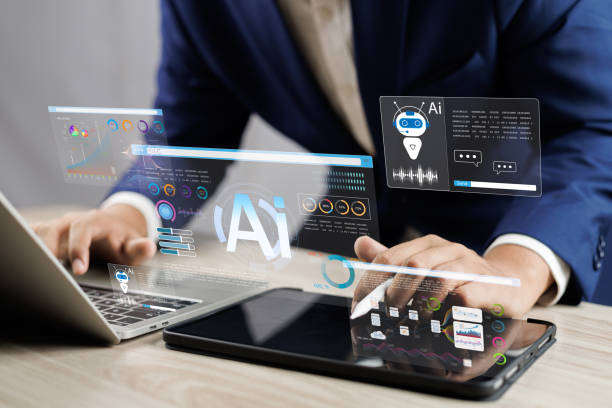
Website loading speed is an important ranking factor in search engines.
Websites with high loading speeds provide a better user experience and rank better in search results.
To improve your website’s loading speed, you can use various methods such as image optimization, using a CDN, enabling Gzip compression, and reducing code size.
Various tools such as Google PageSpeed Insights and GTmetrix help you measure your website’s loading speed and identify potential problems.
Google has officially announced that website speed is an important ranking factor and websites with low loading speeds may be penalized in search results.
Therefore, improving website loading speed is a necessity for any business looking to increase online visibility and attract more customers.
Google PageSpeed Insights is a tool that helps you check and improve your website’s loading speed.
On-page SEO with faster loading equals better ranking.
Internal Linking
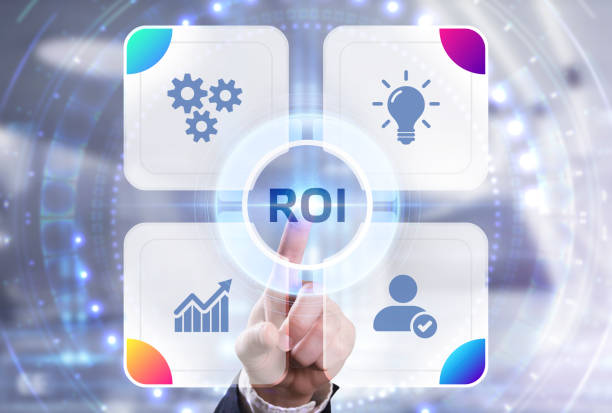
Internal Linking refers to the process of creating links between different pages of your website.
Internal linking helps search engines better understand your website’s structure and identify more important pages.
Also, internal linking helps users easily navigate your website and find related content.
For internal linking, you should use relevant and descriptive anchor texts and create links to pages related to the content of the linking page.
Avoid over-linking to a single page and try to place the links naturally in the text of the content.
Internal linking does not directly increase your site’s ranking, but it helps search engines find and index your pages.
Also, internal linking can increase your site traffic, as users can easily navigate between different pages of your site.
By using a strong internal linking strategy, you can significantly improve your website’s on-page SEO.
Here is a table to help you better understand internal linking:
| Objective | Description | Best Practices |
|---|---|---|
| Improve Navigation | Helping users find related pages. | Using descriptive anchor texts, linking to related pages |
| Strengthen Site Structure | Helping search engines understand the site structure. | Linking to important pages, creating a sitemap |
Creating Quality and Valuable Content
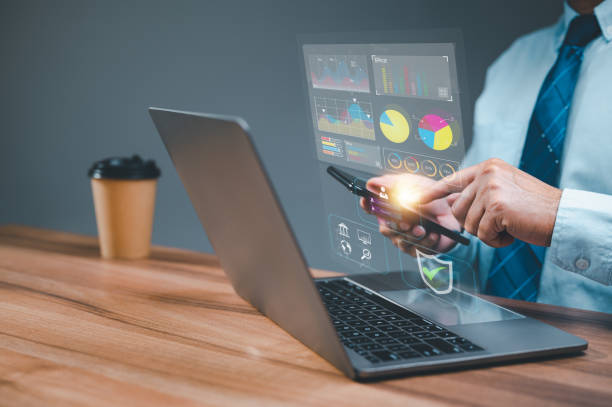
Quality and valuable content is the core of any on-page SEO strategy.
Your content should be unique, engaging, and relevant to the needs of your target audience.
Try to create content that answers users’ questions, solves their problems, and provides useful information.
Avoid creating duplicate or copied content, as this can lead to your website being penalized by search engines.
Update your content regularly and try to add new and engaging content to your website.
Also, pay attention to the length of your content.
Longer content usually ranks better in search engines, as it provides more information and helps search engines better understand your content.
However, your content should be readable and understandable and avoid using complex sentences and technical terms.
In on-page SEO, content is king, and by creating quality and valuable content, you can attract more traffic to your website and get a better ranking in search engines.
Tired of losing customers due to poor online store design? With Rasaweb, solve this problem forever!
✅ Increase sales and visitor-to-customer conversion rate
✅ Smooth and attractive user experience for your customers⚡ Get a free consultation
Optimizing for Mobile
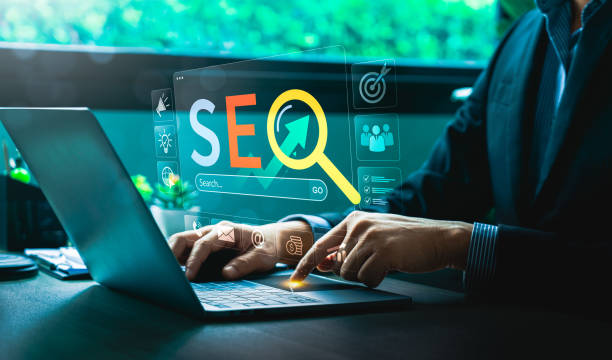
Given the increasing use of mobile devices for searching the internet, optimizing your website for mobile is a necessity.
Your website should be Responsive, meaning it automatically adapts to the screen size of different devices.
Websites that are not optimized for mobile provide a bad user experience and may rank lower in search results.
Google has officially announced that Mobile-friendly websites are prioritized in search results ranking.
To optimize your website for mobile, you can use Google’s Mobile-Friendly Test tool.
This tool helps you identify potential problems with your website and find appropriate solutions to fix them.
Make sure your website has a responsive design, high loading speed, and fonts and buttons are large enough to be easily used on mobile devices.
By optimizing your website for mobile, you can provide a better user experience and get a better ranking in search engines.
On-page SEO will make your site mobile-friendly.
Monitoring and Analyzing Results

After taking on-page SEO actions, you should regularly monitor and analyze your results.
This helps you understand which actions were effective and which actions need improvement.
To monitor and analyze results, you can use various tools such as Google Analytics and Google Search Console.
Google Analytics helps you track your website traffic, analyze user behavior, and measure conversion rates.
Google Search Console helps you check your website’s performance in search results, identify potential problems, and receive various reports.
Using these tools, you can find out which keywords attract the most traffic to your website, which pages have the most visits, and which devices users use most to visit your website.
By analyzing this information, you can improve your on-page SEO strategy and attract more traffic to your website.
On-page SEO and #data_analysis are directly related to each other, and success in this area depends on continuous review and appropriate changes.
On-page SEO is done much better and more accurately with these tools.
FAQ
| Question | Answer |
|---|---|
| What is a Meta Title and why is it important in on-page SEO? | The meta title is the most important element of on-page SEO that is displayed at the top of the browser tab and in search results. This title helps search engines and users understand the main topic of the page and should include the main keyword. |
| What role does Meta Description play in on-page SEO? | The meta description is a short summary of the page content that is displayed below the title in search results. Although it does not directly affect ranking, its attractiveness can increase the click-through rate (CTR). |
| How should keywords be used in the page content? | Keywords should be used naturally and relevantly in strategic locations such as the title, headings, first paragraph, and body text. Avoid excessive keyword stuffing. |
| What is the importance of quality and comprehensive content in on-page SEO? | Quality, unique, informative, and comprehensive content that meets the user’s needs is of great importance. Search engines give a higher ranking to content that creates real value. |
| What is the application of heading tags (H1-H6) in the on-page SEO structure? | Heading tags (H1, H2, H3, etc.) are used to structure content and specify the importance of different sections. H1 is the main title of the page and each page should have only one H1. Other tags are used for subtitles. |
| How to optimize images to improve on-page SEO? | To optimize images, use descriptive Alt Text that includes relevant keywords, reduce the image file size without losing quality, and use meaningful and relevant file names. |
| What are the features of a friendly URL for on-page SEO? | A friendly URL should be short, readable, descriptive, contain main keywords, and be free of extra characters. The URL structure should be hierarchical and logical to be understandable for both users and search engines. |
| How does internal linking help on-page SEO? | Internal linking helps users and search engine crawlers better understand the site structure by connecting related pages to each other, transferring the credibility of the pages, and increasing the user’s time on the site. |
| What is the impact of page loading speed on on-page SEO? | High loading speed is critical for both user experience and SEO ranking. Slower pages may be ignored by search engines and lead to an increase in the bounce rate. |
| Why is mobile-friendliness so important in on-page SEO? | Considering the increasing number of searches via mobile devices, having a responsive and mobile-friendly site is essential for user experience and ranking in search results (Google’s mobile-first indexing). |
And other services of Rasa Web advertising agency in the field of advertising
Smart Reportage: A combination of creativity and technology to increase click-through rates by using real data.
Smart Content Strategy: Revolutionize increasing site visits with the help of marketing automation.
Smart Social Media: A combination of creativity and technology to manage campaigns by designing an attractive user interface.
Smart Reportage: Professional optimization for managing campaigns using an attractive user interface design.
Smart Direct Marketing: Designed for businesses looking to grow online through attractive user interface design.
And more than hundreds of other services in the field of internet advertising, advertising consulting and organizational solutions
Internet Advertising | Advertising Strategy | Advertisement Reportage
Sources
What is inbound marketing?
,The Complete Guide to On-Page SEO
,What is On-Page Optimization?
,On-Page SEO: The Complete Guide
? For a brilliant presence in the digital world, Rasaweb Digital Marketing Agency paves the way for your business success with its comprehensive services including Corporate Website Design.
📍 Tehran, Mirdamad Street, next to the Central Bank, South Kazerun Alley, Ramin Alley, No. 6

